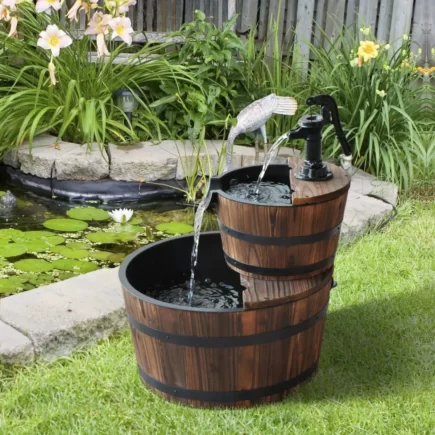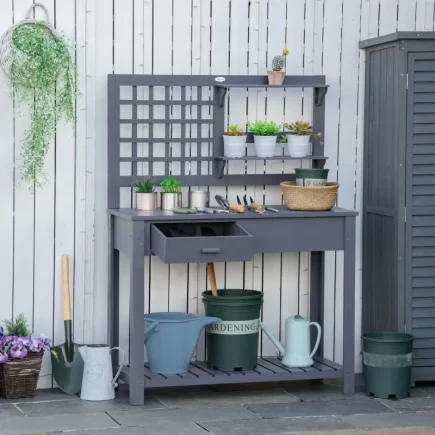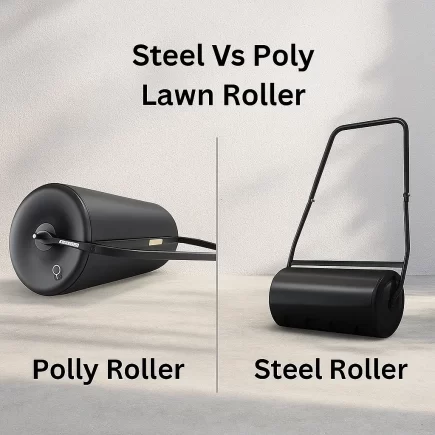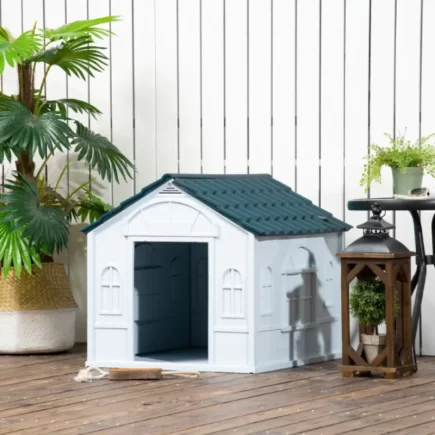Spending a day at the beach is an enjoyable experience, but it can quickly become uncomfortable without adequate shade to protect you from the sun. A beach umbrella is your best friend for providing shelter and comfort while you relax. However, setting up a beach umbrella can sometimes pose challenges, especially when it comes to wind resistance and stability. If you want to ensure your umbrella stays put while offering the best sun protection, you’ve come to the right place. In this guide, we’ll walk you through the essential steps for setting up a beach umbrella, choosing the right one, and ensuring it remains stable throughout the day.

Why a Beach Umbrella is Essential for Sun Protection
A beach umbrella is not just an accessory; it’s a crucial piece of gear that provides several benefits:
- Sun Protection: The primary reason for using a beach umbrella is to protect yourself from harmful UV rays. Prolonged exposure to the sun can lead to sunburn, skin damage, and increase the risk of skin cancer. A good umbrella provides shade and helps reduce UV exposure.
- Comfort: On a hot day, having a reliable shade source makes a huge difference in staying comfortable. You can enjoy the beach without overheating or being blinded by the sun.
- Convenience: Beach umbrellas are lightweight, portable, and easy to set up. They provide instant shade and a designated area to relax.

However, the key to maximizing these benefits lies in proper setup and choosing the right umbrella.
Common Challenges When Setting Up a Beach Umbrella
Setting up a beach umbrella can seem straightforward, but wind resistance and stability are common challenges that many beachgoers face. Strong gusts of wind can quickly turn your umbrella into a hazard or make it difficult to enjoy your time at the beach.
Wind Resistance
Wind is one of the biggest factors that can impact the stability of your umbrella. Gusts can cause it to topple or, worse, blow away. Using an umbrella that is designed to withstand high winds is critical.
Soft Sand
Loose or dry sand can make it harder to securely anchor the umbrella, especially when dealing with heavy winds. Umbrellas with better anchoring systems, such as screw mechanisms or sandbags, can help you avoid this issue.
Finding the Right Spot
Choosing the right location to set up your umbrella is equally as important. Areas with loose sand or strong winds can make it challenging to keep the umbrella stable.
Choosing the Right Beach Umbrella
Before diving into the setup process, it’s important to choose the right umbrella for your needs. Here’s what you should consider:
1. Umbrella Size
The size of your umbrella depends on the number of people and the amount of shade you require. Larger umbrellas provide more shade but are harder to manage in windy conditions. Consider an umbrella that can comfortably cover your group while offering flexibility in size and portability.
Aosom’s Outsunny 5.7′ Beach Umbrella for Travel with Tilt is an ideal option for families and small groups, providing ample shade for 2-4 people.

2. Material Considerations
The material of your umbrella is essential for both durability and sun protection:
- UV Protection: Look for umbrellas with UV-protective coatings. Materials like polyester with UV-blocking technology can keep harmful rays at bay.
- Water Resistance: If you’re planning to spend an entire day by the water, opt for water-resistant umbrellas that won’t become damaged from moisture.
- Durability: Choose umbrellas with sturdy frames and reinforced ribs. High-quality aluminum or fiberglass frames are resistant to rust and bending, which is crucial in windy conditions.
The Outsunny 6.2′ Beach Umbrella for Travel uses high-quality polyester fabric that provides excellent UV protection and durability.

Step 1: Selecting the Best Spot on the Beach
Importance of a Stable, Wind-Free Location
Look for a location that is not directly exposed to strong winds. Areas near dunes or vegetation can offer a natural windbreak, which helps keep your umbrella stable. This ensures that your umbrella will have a secure foundation and can withstand light gusts without toppling over.
Avoiding Areas with Loose or Dry Sand
Loose sand makes it more difficult to securely anchor the umbrella. Opt for firmer, compacted sand to ensure that your umbrella stays put. Firm sand provides a better grip for the pole, reducing the likelihood of it loosening over time.
Positioning Near Natural Windbreaks
Positioning your umbrella near dunes, shrubs, or other natural features can provide much-needed protection from wind, allowing you to enjoy your day in peace. These windbreaks act as natural barriers, redirecting gusts and minimizing the risk of the umbrella being blown away.

Staying Above the High Tide Line
Ensure you’re well above the high tide line to avoid your umbrella getting washed away as the tide comes in. Positioning above this line also protects your umbrella from moisture damage, which can weaken the fabric and frame.
Step 2: Unfolding and Preparing the Umbrella
Once you’ve found the perfect spot, it’s time to prepare your umbrella for setup.
Proper Handling Techniques
Always handle the umbrella carefully during setup. It’s recommended to open the umbrella slowly to avoid any damage or accidental gusts.
Ensuring the Umbrella is Closed During Setup
To prevent wind from catching the umbrella as you set it up, make sure it’s closed while you place the pole in the sand.
Step 3: Anchoring the Umbrella to the Ground
Securing your umbrella is crucial, especially on windy days. The following techniques will ensure maximum stability:

Using Screw Anchors and Sandbags
Umbrellas equipped with sand anchors that can be screwed into the ground offer a more reliable way to secure the umbrella, providing a strong and stable hold.
Inserting the Pole Deeply Into the Sand
For optimal stability, insert the pole at least 1-2 feet into the sand. This depth helps the umbrella resist being blown over by gusts.
Step 4: Securing the Umbrella for Wind Resistance
Wind can be unpredictable, so it’s essential to reinforce your umbrella with extra measures to keep it in place.

Utilizing Ropes and Additional Weights
Ropes and additional weights can help secure the umbrella against strong winds. This can be particularly useful when the wind is gusty or changing directions.
Angling the Umbrella Against the Wind
One effective technique is to angle the umbrella slightly into the wind. This reduces wind resistance and helps prevent it from flipping over.
Using Multiple Anchors
In very windy conditions, consider using multiple anchors to distribute the stress on the umbrella. This will make the setup even more stable.
Tips for Enhancing Stability and Durability
The longevity of your umbrella depends on how well it’s built. Here are some additional tips:
Reinforced Spokes for Durability
Choose an umbrella with reinforced spokes to prevent bending or breaking. These umbrellas can withstand the pressures of wind and provide long-lasting performance.
Securing an Umbrella on Uneven Ground
If you’re setting up on uneven sand, position the umbrella at an angle or use a base designed for additional support.
Step 5: Adjusting the Tilt for Sun Coverage
An umbrella’s tilt feature is essential for keeping you shaded throughout the day.

How to Adjust the Tilt for Optimal Shade
To get the most out of your umbrella, adjust the tilt as the sun moves across the sky. This will help keep the shade directly over your area.
Benefits of Adjustable Canopies
Umbrellas with adjustable canopies offer the flexibility to change the angle based on your needs. This ensures you have consistent shade all day long, adapting to the sun’s movement throughout the day.
Step 6: Regularly Monitoring and Reinforcing the Setup
Beach conditions can change quickly, so it’s essential to monitor your umbrella’s stability throughout the day.
How to Quickly Re-secure the Umbrella
If your umbrella begins to loosen, quickly secure it again using sandbags or anchors. Regular checks ensure it stays in place.
Dealing with Windy Conditions
Pay attention to sudden shifts in the wind direction. Adjust your umbrella as needed to minimize the risk of it blowing away.
Dealing with Windy Conditions
Strong winds can easily turn a beach umbrella into a hazard if not managed properly. Follow these tips to keep your umbrella grounded:
Adjusting the Umbrella to Withstand Gusts
Angling your umbrella to face into the wind and using additional weights will ensure it stays in place, even in gusty conditions.
Monitoring Sudden Wind Changes
Winds can change unexpectedly. Make sure you check for any signs of increased wind or gusts and adjust the umbrella accordingly.
Common Mistakes to Avoid
To make sure your umbrella stays put and provides optimal shade, avoid these mistakes:

Not Securing Deep Enough
Ensure your umbrella is inserted deep enough into the sand to prevent it from tipping over. A good depth is 1-2 feet.
Setting Up on Uneven Ground
Uneven or soft sand can undermine the stability of your umbrella. Always set up on a firm, compact surface.
FAQS
1.Why does my cantilever umbrella keep tilting in the wind?
A cantilever umbrella that tilts in the wind usually isn’t anchored securely. Make sure the base is weighted using sandbags, concrete weights, or a water-filled base. For beach setups, push the pole deeper into the sand or use a screw-style anchor. Pointing the umbrella into the wind also reduces pressure on the frame.
2.How do I keep my cantilever umbrella from blowing away on windy days?
To prevent your umbrella from blowing away, use a heavy-duty umbrella base and add extra weight if needed. Position it near a wall or windbreak to block gusts. Always close the canopy when the umbrella is not in use or when wind speeds are high.
3.What’s the best way to secure a cantilever umbrella in soft or loose sand?
In soft sand, use a cantilever umbrella with a built-in ground screw or auger anchor. Twist the anchor deep into the sand and reinforce it with weighted bags or sandbags for better stability. Avoid placing the umbrella where sand easily shifts.
4.How can I stop my umbrella from collapsing or breaking in strong winds?
Choose an umbrella with a vented canopy and a reinforced, wind-resistant frame. Always secure the base properly and lower the umbrella when winds are strong or if you’re leaving it unattended. This prevents damage and extends its lifespan.





























